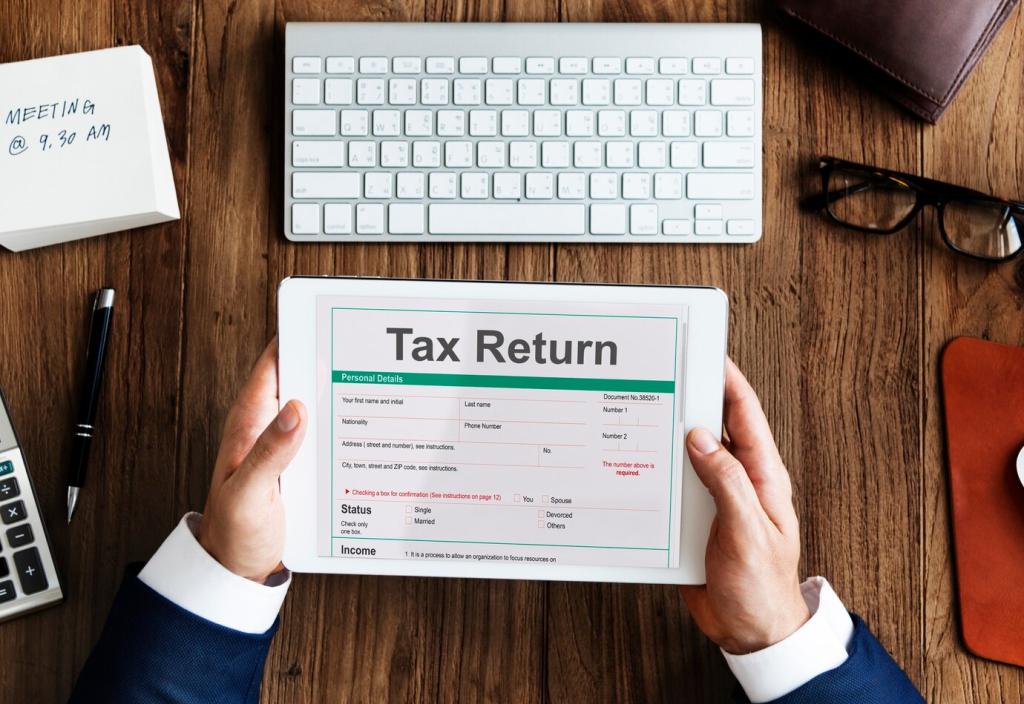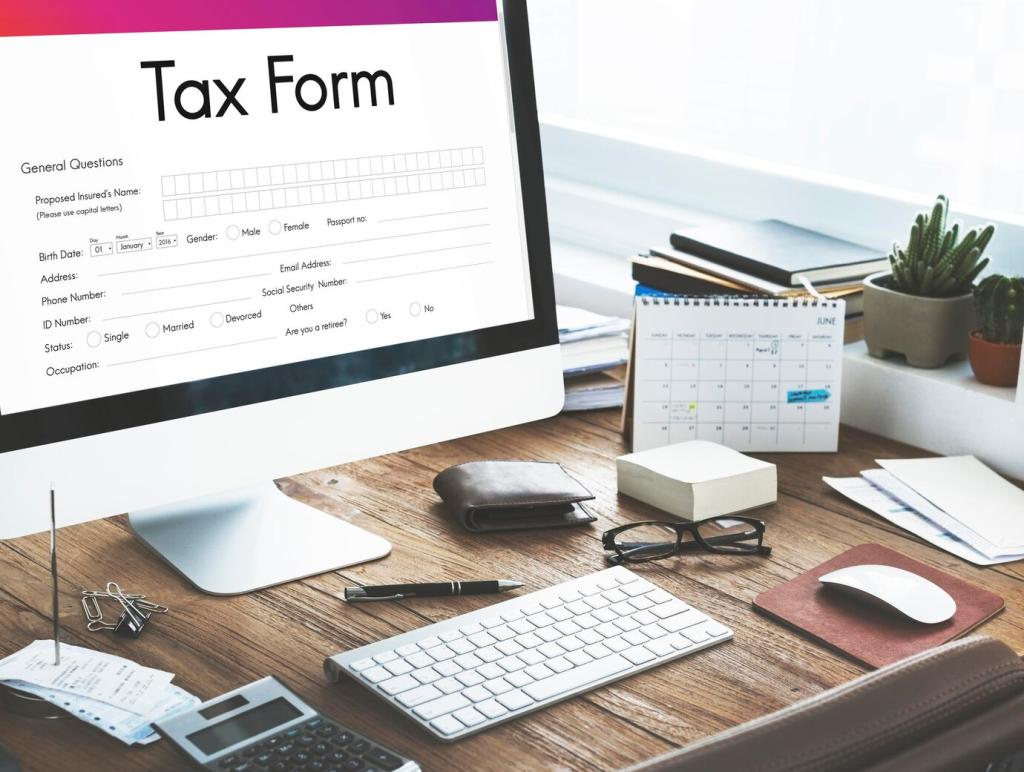Avoid Pitfalls: Real Stories and Common Mistakes to Skip
Asha, a D2C founder, ignored a vendor’s missing TDS entry and filed quickly. A notice landed weeks later. She now reconciles 26AS, AIS, and books every quarter. Comment “recon routine” to copy her three-step workflow and stay ahead.
Avoid Pitfalls: Real Stories and Common Mistakes to Skip
Rahul spotted a tiny AIS interest entry from an old savings account. That small amount changed his final tax slightly—but avoiding mismatch mattered. He now reviews AIS line by line. Want our AIS highlight method? Say “AIS shine.”









